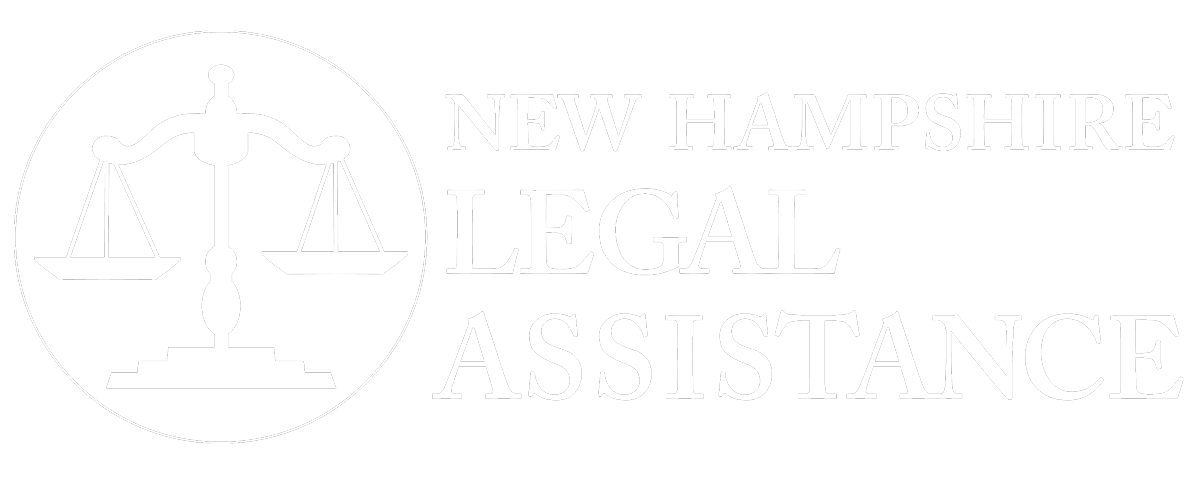SNAP is good for New Hampshire’s economy
We all want a healthy and prosperous future for New Hampshire. One important way to get there is to use the resources that have been made available precisely because they contribute to a stronger economy for the Granite State and better health for our people.
Recent research by the New Hampshire Fiscal Policy Institute (NHFPI) shows that in 2019 as many as 17,000 children in New Hampshire did not get the food help for which they were eligible through the Supplemental Nutrition Assistance Program (SNAP), which is also known as food stamps. NHFPI estimates that tens of thousands of adults were also eligible but not enrolled. These estimates were based on pre-pandemic data.
Recent Census Household Pulse Survey data indicate that many more people, including children, may now be eligible for SNAP. Yet SNAP enrollment has not increased in New Hampshire. The most recent Pulse Survey estimates the number of food insecure households in New Hampshire to be 8.6% of all households. That’s over 45,000 households — more than the entire population of Concord.
Just like the broadband infrastructure that delivers high-speed internet to homes and businesses, the SNAP program works as a grid that moves healthy food to people who need it. In New Hampshire, as with broadband, that grid is well-developed in some areas and patchy or even non-existent in others. That means not all Granite Staters have equal opportunity to access the SNAP benefits that can keep individuals and families from going hungry during times of need.
In addition to making sure people have enough to eat, SNAP is good for New Hampshire’s economy. SNAP benefits are entirely federally funded and the cost to administer the program is split between the state and the federal governments. SNAP is a very effective stimulus for local economies.
The United States Department of Agriculture estimates that every dollar spent on additional SNAP benefits in times of economic downturn generates more than $1.50 in gross domestic product. That’s because people spend SNAP dollars quickly on food at local stores. It can’t be used for anything else. According to NHFPI, if 17,000 more children had been enrolled in SNAP in 2019, New Hampshire would have accessed an additional $37.9 million in federal dollars. That would have been a big boost to local economies.
So why are we missing out? New Hampshire is the only state in the Northeast that does not currently have a SNAP outreach program to publicize the program and help people apply. A recent survey commissioned by the Shah Family Foundation in Massachusetts found that many families who were eligible for SNAP did not apply because they misunderstood the eligibility rules or didn’t know how to apply.
New Hampshire has also chosen to limit eligibility for SNAP. The federal government allows states to expand eligibility to reach more people in need (for example, by raising the maximum income level). New Hampshire is the only state that limits this expanded eligibility exclusively to families with children, leaving out folks who would quality but don’t have kids.
New Hampshire Hunger Solutions is working to identify and clear the obstacles that prevent people experiencing food insecurity from accessing federal nutrition programs like SNAP. New Hampshire Legal Assistance advises and represents individuals and families who have been denied SNAP benefits or had their benefits terminated.
A healthy and prosperous New Hampshire is a New Hampshire free from hunger. SNAP is a win-win for people who need help and local economies that need a boost. With expanded SNAP eligibility and statewide outreach, we can make sure all Granite Staters can put food on the table.


